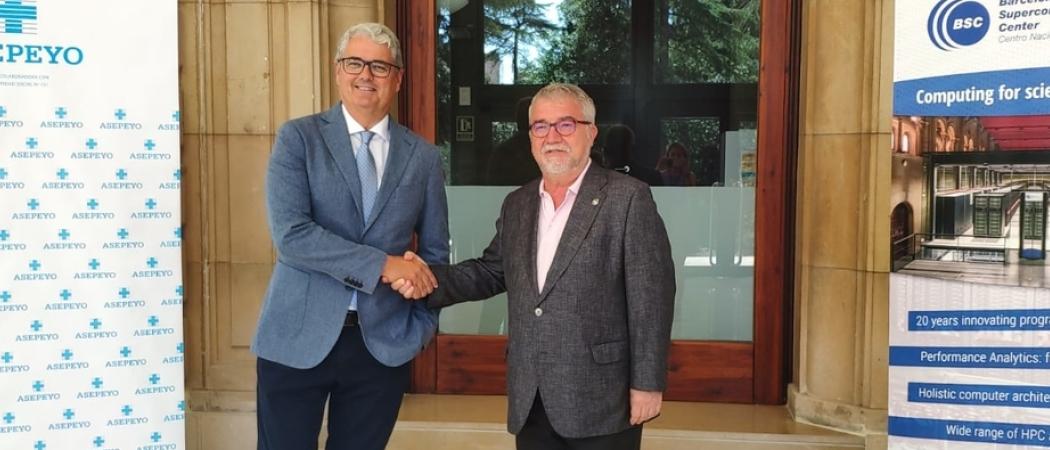
BSC and Asepeyo have signed an agreement to integrate Artificial Intelligence into Asepeyo’s medical management and diagnoses.
This agreement is a strong commitment to personalized medicine and artificial intelligence to improve the quality of health services and diagnosis and increase efficiency in managing resources.
The collaboration is made up of three main projects:
- Text mining: coding, in a standardized vocabulary, of the medical background and treatments from the information, in free text fields, collected within the Asepeyo databases. For this, text mining and natural language processing techniques will be used, so that the collection of information will be automated and it will be possible to systematically analyze the evolution of both the patients and the care services offered by Asepeyo.
- Assistance in diagnostic imaging: development of a machine learning system based on neural networks to help doctors in the assessment of the diagnosis of fractures and pneumoconiosis, from the more than 200,000 radiological images that Asepeyo generates annually. This assistant will propose a first assessment with a high level of certainty and indicate what aspects of the diagnostic image have prompted that conclusion. This will allow the doctor to evaluate the automatic diagnosis and learn from it. The main objective of this tool is to help to make correct diagnoses and choose the best treatment for each patient.
- Predictive model of sick leave: use of machine learning techniques to predict, based on historical data, the recommended duration of sick leave. This model will be used for the early detection of those cases that might have a longer duration than normally expected. This will facilitate the identification of the most appropriate treatment for the patient, and to help patients to begin work again more quickly and in the best possible conditions.
The agreement has been signed by Mateo Valero, Director of Barcelona Supercomputing Center, and Ricardo Alfaro, Deputy Director of Asepeyo, today in Barcelona.
This communication was first published 23 July 2019 by the Barcelona Supercomputing Center.





 A unique international forum for public research organisations and companies to connect their external engagement with strategic interests around their R&D system.
A unique international forum for public research organisations and companies to connect their external engagement with strategic interests around their R&D system.